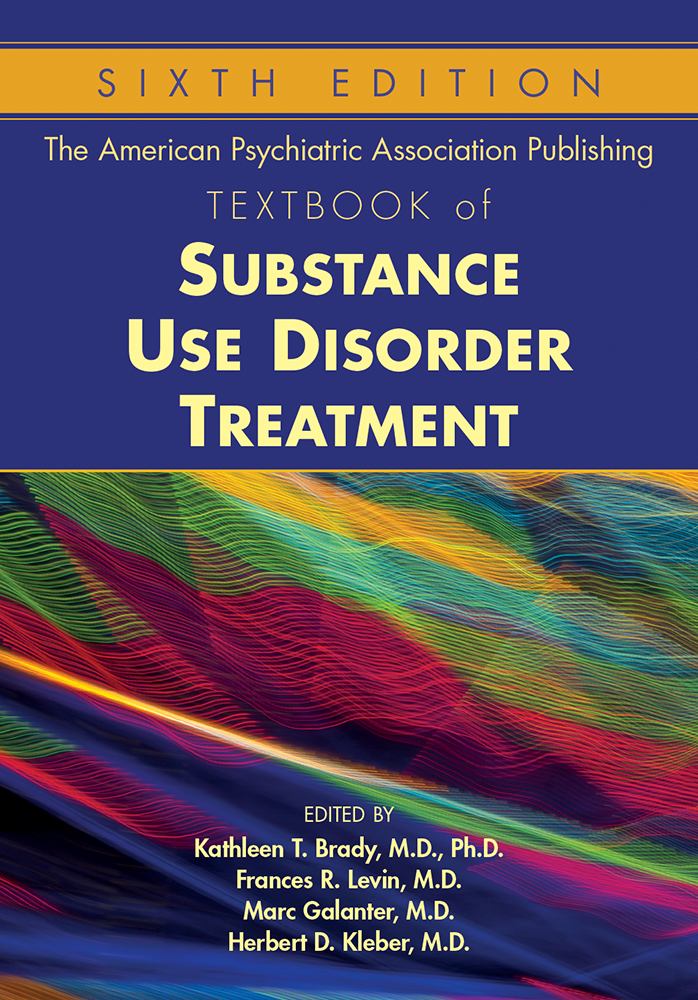Sections
Excerpt
A convergence of epidemiological, clinical, genetic, and neurobiological research has led to increased recognition of the co-occurrence of substance use disorders (SUDs), including alcohol use disorder (AUD), with traumatic stress and related posttraumatic stress disorder (PTSD) (e.g., Norman et al. 2012; Smith and Randall 2012). PTSD and trauma exposure are highly prevalent among individuals receiving treatment for SUDs; in one study involving 423 patients with SUDs, 36.6% scored positive for current PTSD, and 97.4% reported having been exposed to trauma at some point in their lives (Gielen et al. 2012). Shared mechanisms underlie both sets of conditions, such as dysregulation in neural circuitry, neurotransmitters, and noradrenergic sensitivities, including hypothalamic-pituitary-adrenal axis dysregulation as well as genetic factors (e.g., Norman et al. 2012; Sartor et al. 2011). Clinically, patients with comorbid PTSD and SUDs typically have a poor course of treatment, including higher rates of dropout; more clinically severe consequences, such as suicidal ideation and attempts; higher rates of additional comorbidities (e.g., depression, anxiety, psychotic symptoms, medical problems); greater need for multiple medications; and more difficulty maintaining abstinence (e.g., Smith and Randall 2012). In a maladaptive, reciprocally reinforcing process, PTSD symptoms can trigger substance use or misuse, which leads to cyclical increases in PTSD symptoms (e.g., Back et al. 2006; Hien et al. 2010). Because causal relationships and mechanisms have been identified between PTSD and the development of SUDs, treatment of PTSD may help these patients to achieve abstinence and maintain recovery (Back et al. 2006; Hien et al. 2010). In this chapter, we highlight the importance of proper diagnostic and treatment strategies for individuals who present with a trauma history and PTSD in substance use treatment settings.
Access content
To read the fulltext, please use one of the options below to sign in or purchase access.- Personal login
- Institutional Login
- Sign in via OpenAthens
- Register for access
-
Please login/register if you wish to pair your device and check access availability.
Not a subscriber?
PsychiatryOnline subscription options offer access to the DSM-5 library, books, journals, CME, and patient resources. This all-in-one virtual library provides psychiatrists and mental health professionals with key resources for diagnosis, treatment, research, and professional development.
Need more help? PsychiatryOnline Customer Service may be reached by emailing [email protected] or by calling 800-368-5777 (in the U.S.) or 703-907-7322 (outside the U.S.).



